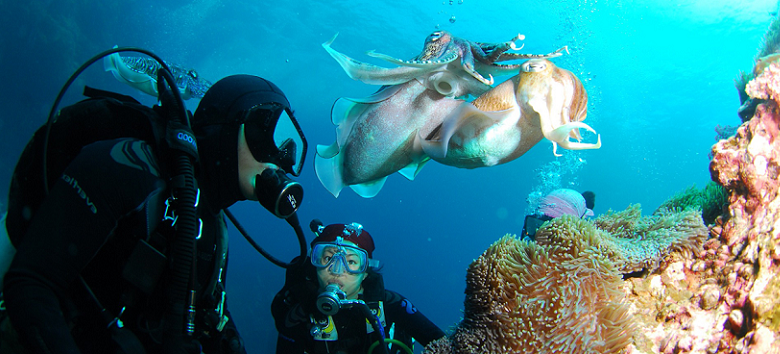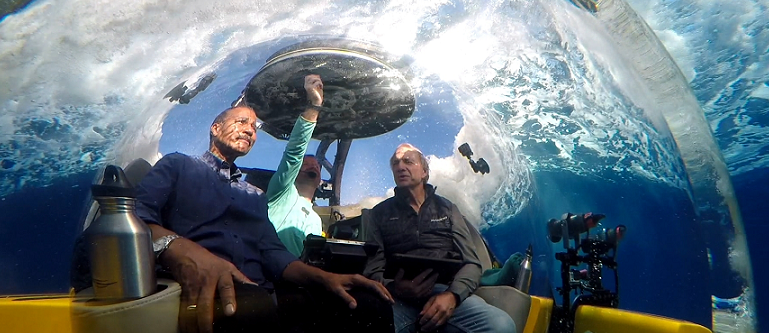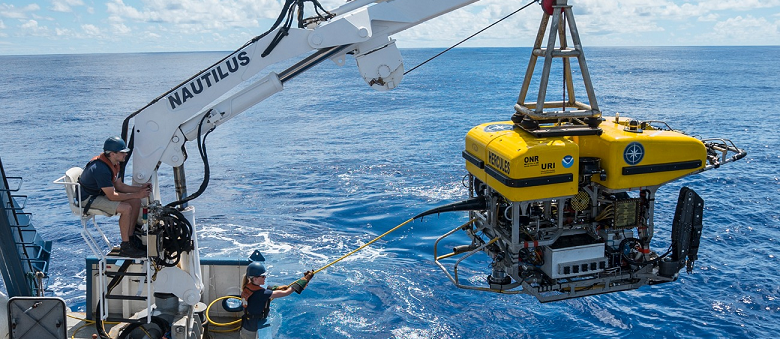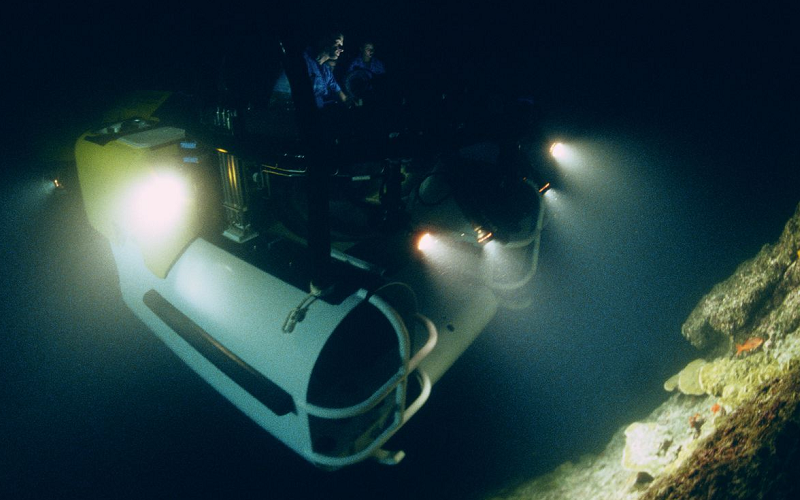Approximately 70% of the Earth is comprised of oceans, but more than 80% of them remain uncharted. The advancements in ocean exploration technology, starting in the 1960s, have helped overcome some of the hindrances to deep-sea exploration. Currently, with fewer obstacles, global initiatives are being launched to further explore the mysterious depths of the ocean.
How Much of the Ocean Is Unexplored/
Surprisingly, over 80% of the world’s ocean remains unexplored. The ocean is a vast and complex environment, and despite centuries of human exploration, much of it remains a mystery. The deep ocean, in particular, is one of the least explored regions on Earth, largely due to the difficulties associated with operating in this hostile environment.
The ocean’s extreme depths, complete darkness, extreme pressure, and freezing temperatures make it extremely challenging for humans and their equipment to operate and gather data. Additionally, the costs associated with deep-sea exploration are significant, which has limited the amount of exploration that has taken place to date.
Despite these challenges, however, advances in technology and increasing interest in the ocean’s resources and potential to answer some of our most fundamental scientific questions have led to a renewed focus on ocean exploration.

Barriers to Ocean Exploration
Ocean exploration is hindered by several factors, including technical difficulties, cost, logistics, environmental concerns, and political considerations. The deep ocean is an extremely harsh environment that is difficult to explore, due to the extreme pressure, complete darkness, and freezing temperatures.
These challenges can make it difficult for equipment to function and for data to be collected and transmitted. In addition to these technical difficulties, ocean exploration is also expensive, and the costs associated with designing, building, and deploying equipment can be significant.
The logistics of organizing and executing an ocean exploration mission can also be complex and challenging, especially in remote and difficult-to-reach locations. Environmental concerns, such as the potential for damage to sensitive marine ecosystems, have led to increased regulations that can limit the scope of exploration. There are several barriers to ocean exploration, including:
- Technical difficulties: The deep ocean is an inhospitable environment that poses significant technical challenges to exploration. The extreme pressure, complete darkness, and freezing temperatures make it difficult for equipment to function, and the distance from the surface makes it challenging to communicate with equipment and collect data.
- Cost: Ocean exploration is an expensive endeavor, and the costs associated with designing, building, and deploying equipment capable of operating in the deep ocean can be significant.
- Logistics: The logistics of organizing and executing an ocean exploration mission can be complex and challenging, especially in remote and difficult-to-reach locations.
- Environmental concerns: Some ocean exploration activities can have adverse impacts on the environment, and the potential for damage to sensitive marine ecosystems has led to increased scrutiny and regulations that can limit the scope of exploration.
- Political considerations: Ocean exploration is often subject to political considerations and international agreements, which can impact the ability of scientists and other stakeholders to access certain areas for exploration.

Recent Progress In Ocean Exploration
There has been significant progress in ocean exploration in recent years, driven by advancements in technology and increasing interest in the ocean’s resources and potential to answer fundamental scientific questions. Some of the key developments include:
- Improved underwater technology: Advances in underwater technology have made it possible to explore deeper and more effectively than ever before. New underwater vehicles, sensors, and communication systems have been developed that can withstand the extreme conditions of the deep ocean.
- Increased international cooperation: There has been a growing trend towards international cooperation in ocean exploration, with countries working together to share resources, expertise, and data. This has helped to increase the scope and impact of ocean exploration initiatives.
- The growth of ocean mapping: Advances in ocean mapping technology have led to the creation of more detailed maps of the ocean floor, providing important information about underwater terrain and facilitating future exploration efforts.
- Increased understanding of the ocean’s role in the Earth’s climate: As ocean exploration has continued, there has been an increased appreciation for the ocean’s role in regulating the Earth’s climate and its impact on global weather patterns. This has led to a growing interest in exploring the ocean’s deeper depths and uncovering its secrets.
- The discovery of new species: As exploration has continued, scientists have discovered a wealth of new species living in the deep ocean, increasing our understanding of the biodiversity and potential resources of this largely unexplored environment.

Deep-Sea HOVs and Ocean Exploration
Deep-Sea HOVs (Human Occupied Vehicles) have helped greatly in advancing ocean exploration. They provide a platform for scientists and other personnel to access the deep ocean, allowing for direct observation and study of this otherwise inaccessible environment. HOVs are equipped with a range of tools and instruments, such as video cameras, sampling equipment, and communication systems, which enable scientists to collect data and conduct experiments in real-time.
Furthermore, HOVs offer advantages over other forms of ocean exploration, such as remotely operated vehicles (ROVs), which are operated remotely and do not have the capacity for human occupants. The presence of people on board HOVs allows for greater flexibility and control in the exploration process, as well as the opportunity for on-the-spot decision making and problem-solving.
The use of Deep-Sea HOVs has greatly improved our understanding of the deep ocean and its unique characteristics, and has opened up new frontiers for scientific discovery.
Deep-Sea ROVs and Ocean Exploration
Deep-Sea ROVs (Remotely Operated Vehicles) have played a crucial role in advancing ocean exploration. ROVs are underwater vehicles that are operated remotely from a surface vessel or shore-based control center. They are equipped with a range of tools and instruments, such as cameras, lights, and sampling equipment, which allow scientists to collect data and perform experiments in the deep ocean without risking human lives.
One of the key benefits of ROVs is their ability to operate in the extreme and harsh conditions of the deep ocean, where human divers cannot safely go. This allows scientists to access and study areas that would otherwise be inaccessible, such as the deep sea floor or hydrothermal vents. ROVs are also equipped with high-tech cameras and lighting systems, which enable them to capture high-quality images and video footage of the deep ocean, providing an unparalleled view of this otherwise hidden environment.
In addition to their scientific applications, ROVs are also used for practical purposes, such as inspecting and repairing underwater structures, such as oil rigs, pipelines, and telecommunications cables.
The use of Deep-Sea ROVs has greatly improved our understanding of the deep ocean, and has enabled scientists to study this largely unexplored environment in a safe and efficient manner.

